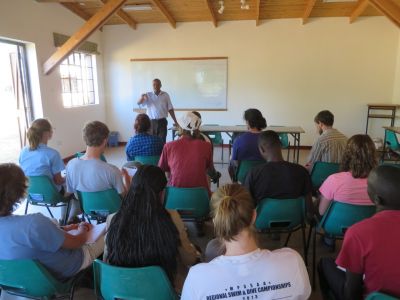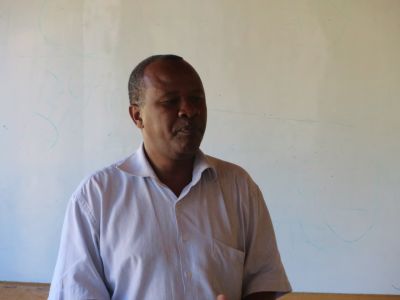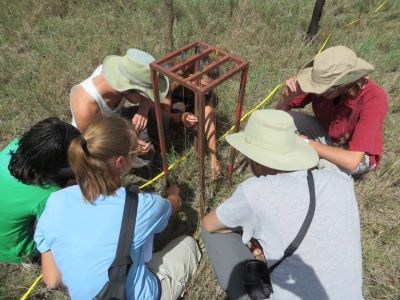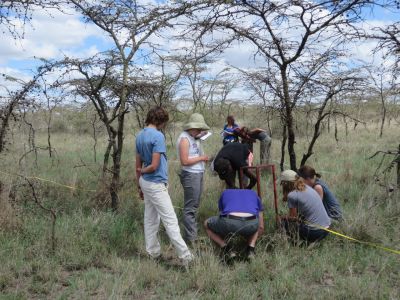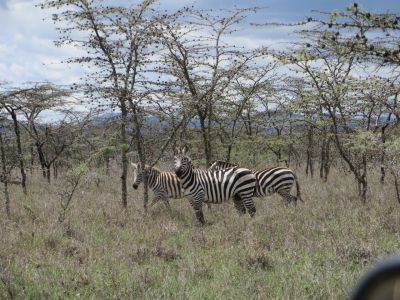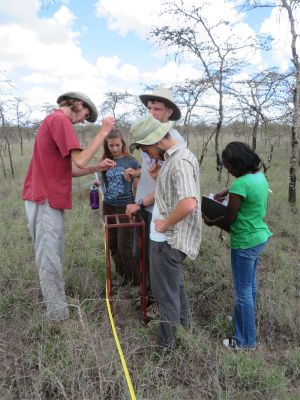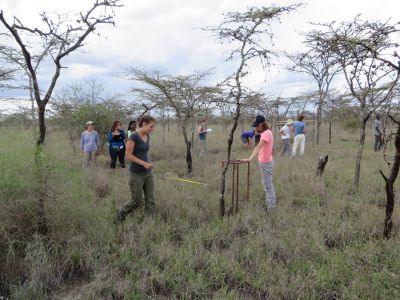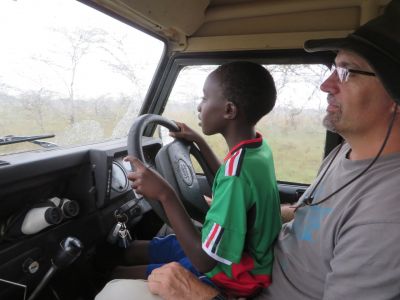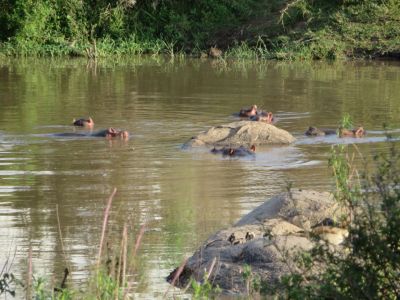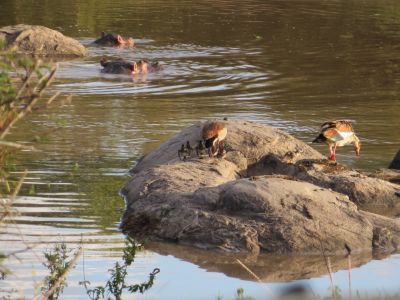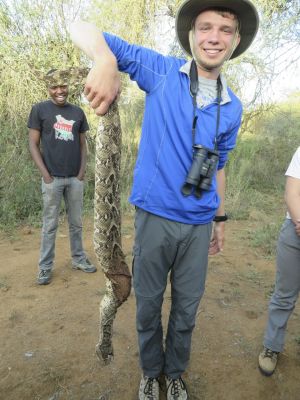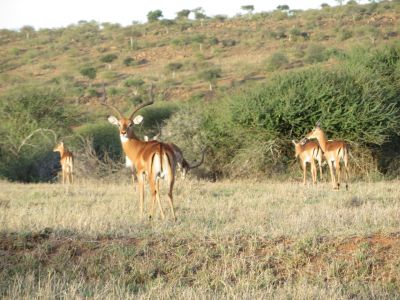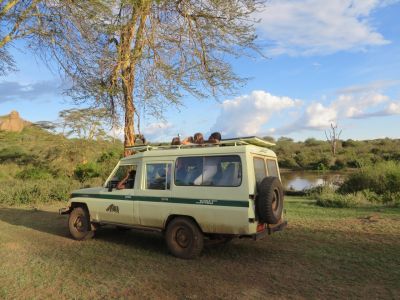
Tuesday May 13th, 2014
First of all apologies for a late entry. We’ve been very busy this past week, which is of course a good thing.
Tuesday’s morning lecture was given by Josephat Musyima from the Laikipia Wildlife Forum. This organization brings wildlife conservation interests to the Laikipia region through different programs that do not just focus on wildlife directly but also work on community development that indirectly influences wildlife. Living in a region where wildlife numbers are growing alongside people is amazing. In the U.S. we often support wildlife conservation by separating and compartmentalizing certain spaces for wildlife and others for human interests. This often falls into the mode of thought where we allow ourselves to live lifestyles that are unsustainable and devoid of natural diversity in our own spaces because we know that some land is being conserved separate from us. Personally, I think it’s wonderful that in a regular day here at Mpala seeing large grazers is becoming a norm. I also see at least one new species daily. (And this despite, or sometimes because, the land is shared with livestock).
After lecture we headed out to gather data on grasses. The semi-tedious process of counting each leaf and stem that touched a randomly placed metal pin is amazingly the least favored by most of the group (Editors note: I can’t imagine why counting grass blades is tedious! ;). We were reminded in a group pep talk by Ryan how crucial grasses were in the ecology of savannas. Without grasses where would all the gazelle, zebra, impala, cattle and smaller insects be?
We enjoyed some heavy afternoon rains and went for a night game drive after supper. Night game drives have a quieter feel to them as we intently peer into the bush with spotlights looking for a pair of shining eyes. At one point a striped hyena trots by our vehicles. During the drive, sounds you hear are of night jars screeching warnings and the woop of the nearby hyena. You can also hear some of us attempting to learn elementary Swahili from our Kenyan friends, such as “That is a zebra.”
– Carine Zehr, Environmental Science, 2014 GC





